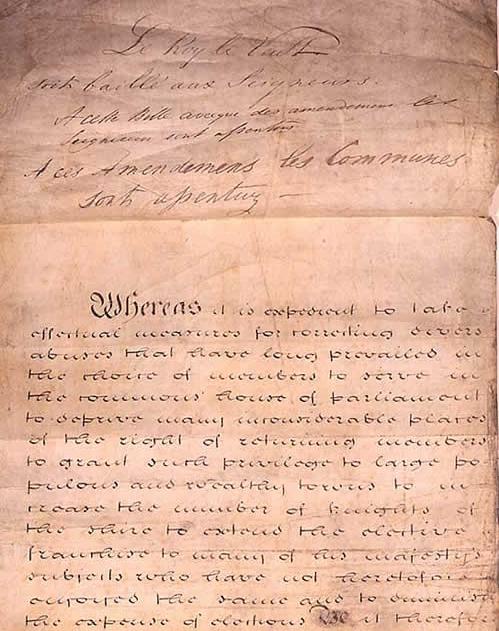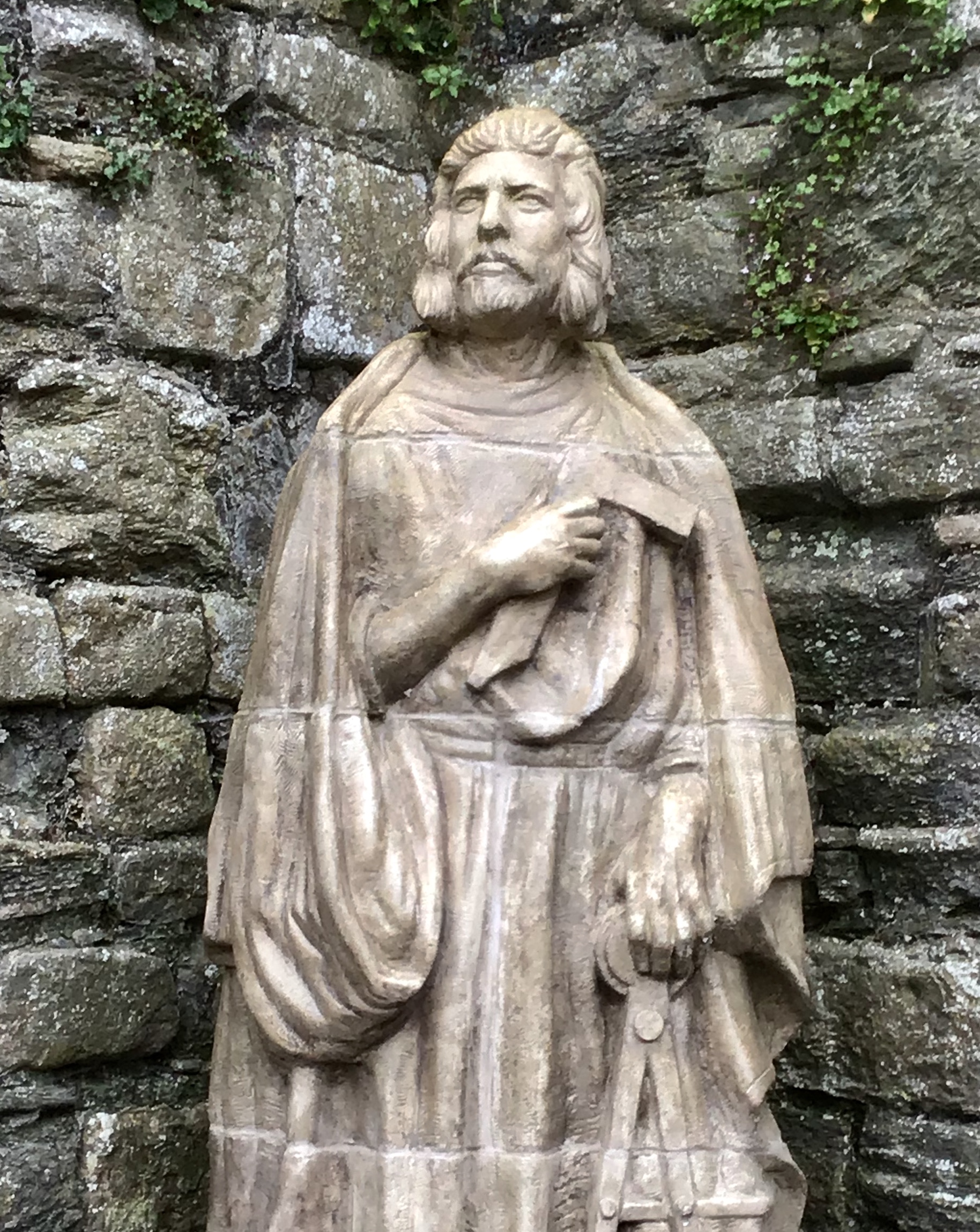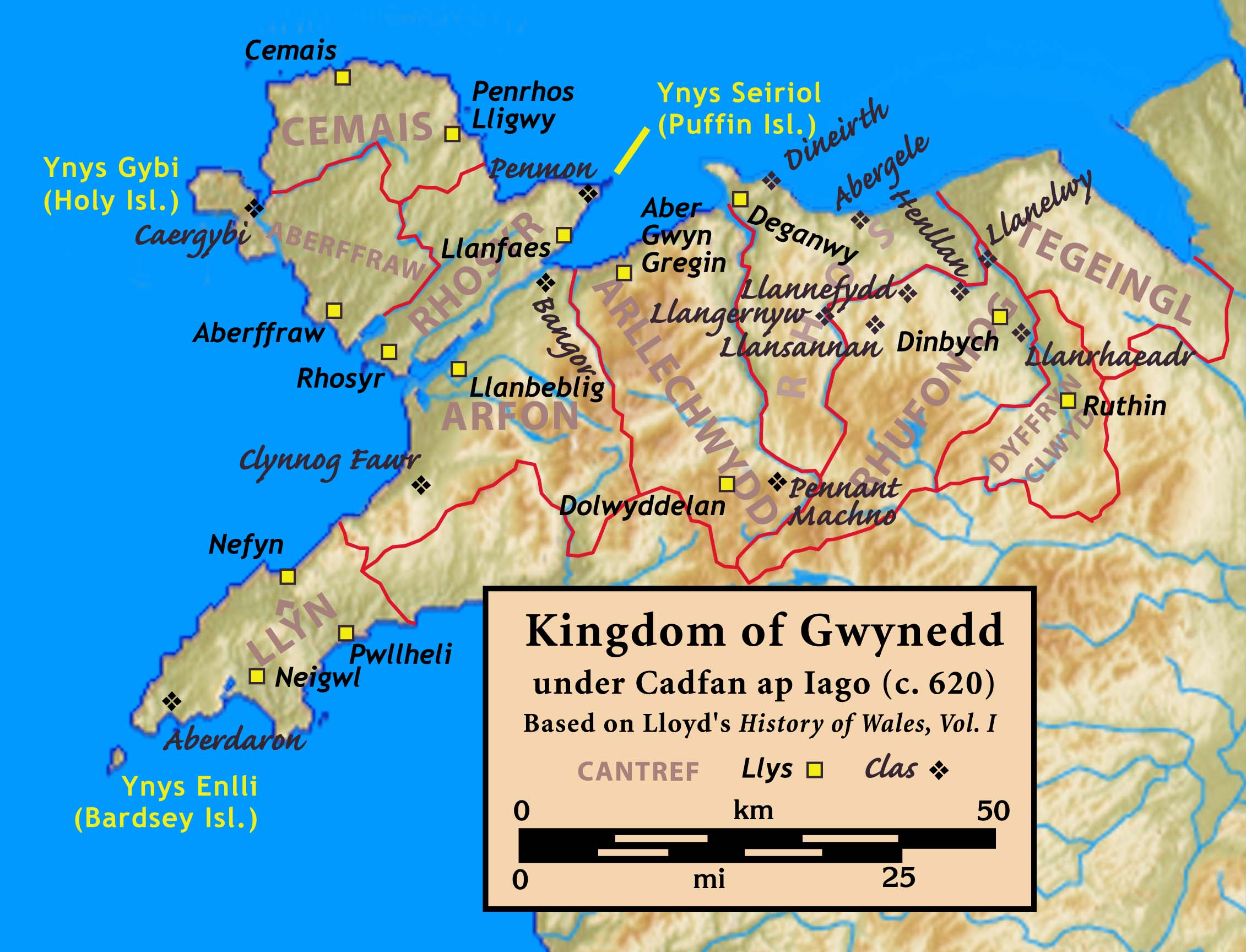|
Beaumaris, Anglesey
Beaumaris (; ) is a town and community (Wales), community on the Anglesey, Isle of Anglesey in Wales, of which it is the former county town. It is located at the eastern entrance to the Menai Strait, the tidal waterway separating Anglesey from the coast of North Wales. At the 2021 census, its population was 1,121. The community includes Llanfaes. History Beaumaris was originally a Vikings, Viking settlement known as ("Port of the Vikings"), but the town itself began its development in 1295 when Edward I of England, having conquered Wales, commissioned the building of Beaumaris Castle as part of a chain of fortifications around the North Wales coast (others include Conwy Castle, Conwy, Caernarfon Castle, Caernarfon and Harlech Castle, Harlech). The castle was built on a marsh and that is where it found its name; the Norman-French builders called it , which translates as "fair marsh". The ancient village of Llanfaes, a mile to the north of Beaumaris, had been occupied by A ... [...More Info...] [...Related Items...] OR: [Wikipedia] [Google] [Baidu] |
Beaumaris Castle
Beaumaris Castle ( ; , ), in Beaumaris, Anglesey, Wales, was built as part of Edward I of England, Edward I's Conquest of Wales by Edward I of England, campaign to conquer north Wales after 1282. Plans were probably first made to construct the castle in 1284, but this was delayed due to lack of funds and work only began in 1295 following the Madog ap Llywelyn Welsh revolt of 1294–95, uprising. A substantial workforce was employed in the initial years under the direction of James of St George. Edward's invasion of Scotland soon diverted funding from the project, however, and work stopped, only recommencing after an invasion scare in 1306. When work finally ceased around 1330 a total of £15,000 had been spent, a huge sum for the period, but the castle remained incomplete. Beaumaris Castle was taken by Welsh forces in 1403 during the rebellion of Owain Glyndŵr, but recaptured by royal forces in 1405. In March 1592, the Welsh Roman Catholic priest and martyr William Davies ( ... [...More Info...] [...Related Items...] OR: [Wikipedia] [Google] [Baidu] |
Caernarfon Castle
Caernarfon Castle (; ) is a medieval fortress in Gwynedd, north-west Wales. The first fortification on the site was a motte-and-bailey castle built in the late 11th century, which King Edward I of England began to replace with the current stone structure in 1283. The castle and town established by Edward acted as the administrative centre of north Wales, and as a result the defences were built on a grand scale. There was a deliberate link with Caernarfon's Roman past—nearby is the Castra, Roman fort of Segontium—and the castle's walls are reminiscent of the Walls of Constantinople. While the castle was under construction, Caernarfon town walls, town walls were built around Caernarfon. The work cost between £20,000 and £25,000 from the start until the work ended in 1330. Although the castle appears mostly complete from the outside, the interior buildings no longer survive and many parts of the structure were never finished. In 1294 the town and castle were sacked and ca ... [...More Info...] [...Related Items...] OR: [Wikipedia] [Google] [Baidu] |
Rotten And Pocket Boroughs
A rotten or pocket borough, also known as a nomination borough or proprietorial borough, was a parliamentary borough or constituency in England, Great Britain, or the United Kingdom before the Reform Act of 1832, which had a very small electorate and could be used by a patron to gain unrepresentative influence within the House of Commons. The same terms were used for similar boroughs represented in the 18th-century Parliament of Ireland. The Reform Act abolished the majority of these rotten and pocket boroughs. Background A parliamentary borough was a town or former town that had been incorporated under a royal charter, giving it the right to send two elected burgesses as Members of Parliament (MPs) to the House of Commons. It was not unusual for the physical boundary of the settlement to change as the town developed or contracted over time, for example due to changes in its trade and industry, so that the boundaries of the parliamentary borough and of the physical settleme ... [...More Info...] [...Related Items...] OR: [Wikipedia] [Google] [Baidu] |
Beaumaris (UK Parliament Constituency)
Beaumaris ( ; ) was a parliamentary borough in Anglesey, which returned one Member of Parliament (United Kingdom), Member of Parliament (MP) to the House of Commons of the United Kingdom, House of Commons of the Parliament of England from 1553, then to the Parliament of Great Britain from 1707 to 1800 and to the Parliament of the United Kingdom from 1801 to 1885, when the constituency was abolished. After 1832, the constituency was usually known as the Beaumaris District of Boroughs or simply the Beaumaris Boroughs. History As elsewhere in Wales, the Laws in Wales Acts 1535 and 1542 provided Anglesey with two members of parliament, one representing the county and the other representing a borough constituency named after the county town but including other "contributory boroughs" who were jointly responsible for providing for the upkeep of the MP and, in return, were granted a say in his election. However, at this period two towns, Beaumaris and Newborough, Anglesey, Newborough, ... [...More Info...] [...Related Items...] OR: [Wikipedia] [Google] [Baidu] |
Reform Act 1832
The Representation of the People Act 1832 (also known as the Reform Act 1832, Great Reform Act or First Reform Act) was an act of the Parliament of the United Kingdom (indexed as 2 & 3 Will. 4. c. 45), enacted by the Whig government of Prime Minister Charles Grey, 2nd Earl Grey, introducing major changes to the electoral system of England and Wales, expanding the electorate in the United Kingdom. The legislation granted the right to vote to a broader segment of the male population by standardizing property qualifications, extending the franchise to small landowners, tenant farmers, shopkeepers, and all householders who paid a yearly rental of £10 or more. The act also reapportioned constituencies to address the unequal distribution of seats. The act of England and Wales was accompanied by the Scottish Reform Act 1832 and Irish Reform Act 1832, respectively. Before the reform, most members of Parliament nominally represented boroughs. However, the number of electors in a ... [...More Info...] [...Related Items...] OR: [Wikipedia] [Google] [Baidu] |
Jews
Jews (, , ), or the Jewish people, are an ethnoreligious group and nation, originating from the Israelites of History of ancient Israel and Judah, ancient Israel and Judah. They also traditionally adhere to Judaism. Jewish ethnicity, religion, and community are highly interrelated, as Judaism is their ethnic religion, though it is not practiced by all ethnic Jews. Despite this, religious Jews regard Gerim, converts to Judaism as members of the Jewish nation, pursuant to the Conversion to Judaism, long-standing conversion process. The Israelites emerged from the pre-existing Canaanite peoples to establish Kingdom of Israel (Samaria), Israel and Kingdom of Judah, Judah in the Southern Levant during the Iron Age.John Day (Old Testament scholar), John Day (2005), ''In Search of Pre-Exilic Israel'', Bloomsbury Publishing, pp. 47.5 [48] 'In this sense, the emergence of ancient Israel is viewed not as the cause of the demise of Canaanite culture but as its upshot'. Originally, J ... [...More Info...] [...Related Items...] OR: [Wikipedia] [Google] [Baidu] |
Royal Charter
A royal charter is a formal grant issued by a monarch under royal prerogative as letters patent. Historically, they have been used to promulgate public laws, the most famous example being the English Magna Carta (great charter) of 1215, but since the 14th century have only been used in place of private acts to grant a right or power to an individual or a body corporate. They were, and are still, used to establish significant organisations such as boroughs (with municipal charters), university, universities, and learned society, learned societies. Charters should be distinguished from royal warrant of appointment, royal warrants of appointment, grant of arms, grants of arms, and other forms of letters patent, such as those granting an organisation the right to use the word "royal" in their name or granting city status in the United Kingdom, city status, which do not have legislative effect. The British monarchy list of organisations in the United Kingdom with a royal charter, ... [...More Info...] [...Related Items...] OR: [Wikipedia] [Google] [Baidu] |
Newborough, Anglesey
Newborough () is a village in the southern corner of the Isle of Anglesey in Wales. It is a part of the Bro Aberffraw electoral ward; to the northwest is Aberffraw, and to the northeast is Llanfairpwll. There is a church in the village, a primary school, and a public institute. Nearby is the Newborough Warren, a forest, beach, and public nature reserve. History Medieval Rhos Vair In medieval Gwynedd, Rhosyr was the royal demesne () and seat of governance for the commote of Menai. The location was a residence of the Princes of Gwynedd. There is a ruined court building of Llys Rhosyr (Rhosyr court) on the outskirts of the present village of Newborough; the royal court () dates from 1237 and was in use for less than a century. The building was the inspiration and model for the reconstruction of a court at St. Fagans Museum, Cardiff. Newborough gained its current name when the town was founded by citizens of Llanfaes in eastern Anglesey. The inhabitants were evicted in 1294 f ... [...More Info...] [...Related Items...] OR: [Wikipedia] [Google] [Baidu] |
Concentric Castle
A concentric castle is a castle with two or more concentric Curtain wall (fortification), curtain walls, such that the outer wall is lower than the inner and can be defended from it. The layout was square (at Belvoir Fortress, Belvoir and Beaumaris Castle, Beaumaris) where the terrain permitted, or an irregular polygon (at Krak des Chevaliers, Krak and Margat) where curtain walls of a spur castle followed the contours of a hill. Concentric castles resemble one castle nested inside the other, thus creating an ward (fortification), inner and outer ward. They are typically built without a central free-standing keep. Where the castle includes a particularly strong tower (donjon), such as at Krak or Margat, it projects from the inner enceinte. Development Surrounding fortresses or towns with a series of defensive walls where the outer walls are lower than the inner walls is something that has been found in fortifications going back thousands of years to cultures like the As ... [...More Info...] [...Related Items...] OR: [Wikipedia] [Google] [Baidu] |
James Of Saint George
Master James of Saint George (–1309; French: , Old French: Mestre Jaks, Latin">-4; we might wonder whether there's a point at which it's appropriate to talk of the beginnings of French, that is, when it wa ...: Mestre Jaks, Latin: Magister Jacobus de Sancto Georgio) was a master of works/architect from Savoy, described by historian Marc Morris as "one of the greatest architects of the European Middle Ages". He was largely responsible for designing King Edward I of England, Edward I's castles in North Wales, including Conwy, Harlech and Caernarfon (all begun in 1283) and Beaumaris on Anglesey (begun 1295). Origin and early life There is little firm documentary evidence of James’ early life and origin. Circumstantial evidence, however, suggests that his place of birth was Saint-Prex in or around the year 1230. His father was also an architect mason, named John. This strong evidence related to his father, including year of death and architectural style, lead to the conclus ... [...More Info...] [...Related Items...] OR: [Wikipedia] [Google] [Baidu] |
Savoy
Savoy (; ) is a cultural-historical region in the Western Alps. Situated on the cultural boundary between Occitania and Piedmont, the area extends from Lake Geneva in the north to the Dauphiné in the south and west and to the Aosta Valley in the east. Savoy, formerly a part of the Kingdom of Burgundy, emerged as the feudal County of Savoy ruled by the House of Savoy during the 11th to 14th centuries. The original territory, also known as "ducal Savoy" or "Savoy proper", is largely co-terminous with the modern French Savoie and Haute-Savoie ''départements'' in the region of Rhône-Alpes, but the historical expansion of Savoyard territories, as the Duchy of Savoy (1416–1860), included parts of what is now western Italy and southwestern Switzerland. The current border between France and Italy is due to the Plombières Agreement of 1858, which in preparation for the unification of Italy ceded western Savoy to France, while the eastern territories in Piedmont an ... [...More Info...] [...Related Items...] OR: [Wikipedia] [Google] [Baidu] |
Kingdom Of Gwynedd
The Kingdom of Gwynedd (Medieval Latin: ; Middle Welsh: ) was a Wales in the Early Middle Ages, Welsh kingdom and a Roman Empire Succession of states, successor state that emerged in sub-Roman Britain in the 5th century during the Anglo-Saxon settlement of Britain. Based in northwest Wales, the list of rulers of Gwynedd, rulers of Gwynedd repeatedly rose to dominance and were acclaimed as "King of the Britons" before losing their power in civil wars or invasions. The kingdom of Gruffydd ap Llywelynthe King of Wales from 1055 to 1063was shattered by a Timeline of conflict in Anglo-Saxon Britain, Saxon invasion in 1063 just prior to the Norman invasion of Wales, but the House of Aberffraw restored by Gruffudd ap Cynan slowly recovered and Llywelyn the Great of Gwynedd was able to proclaim the Principality of Wales at the Aberdyfi gathering of Welsh princes in 1216. In 1277, the Treaty of Aberconwy between Edward I of England and Llywelyn's grandson Llywelyn ap Gruffudd granted pe ... [...More Info...] [...Related Items...] OR: [Wikipedia] [Google] [Baidu] |







